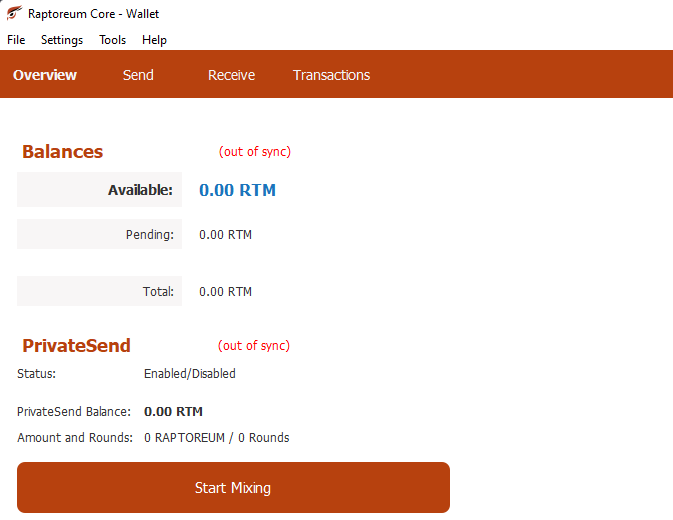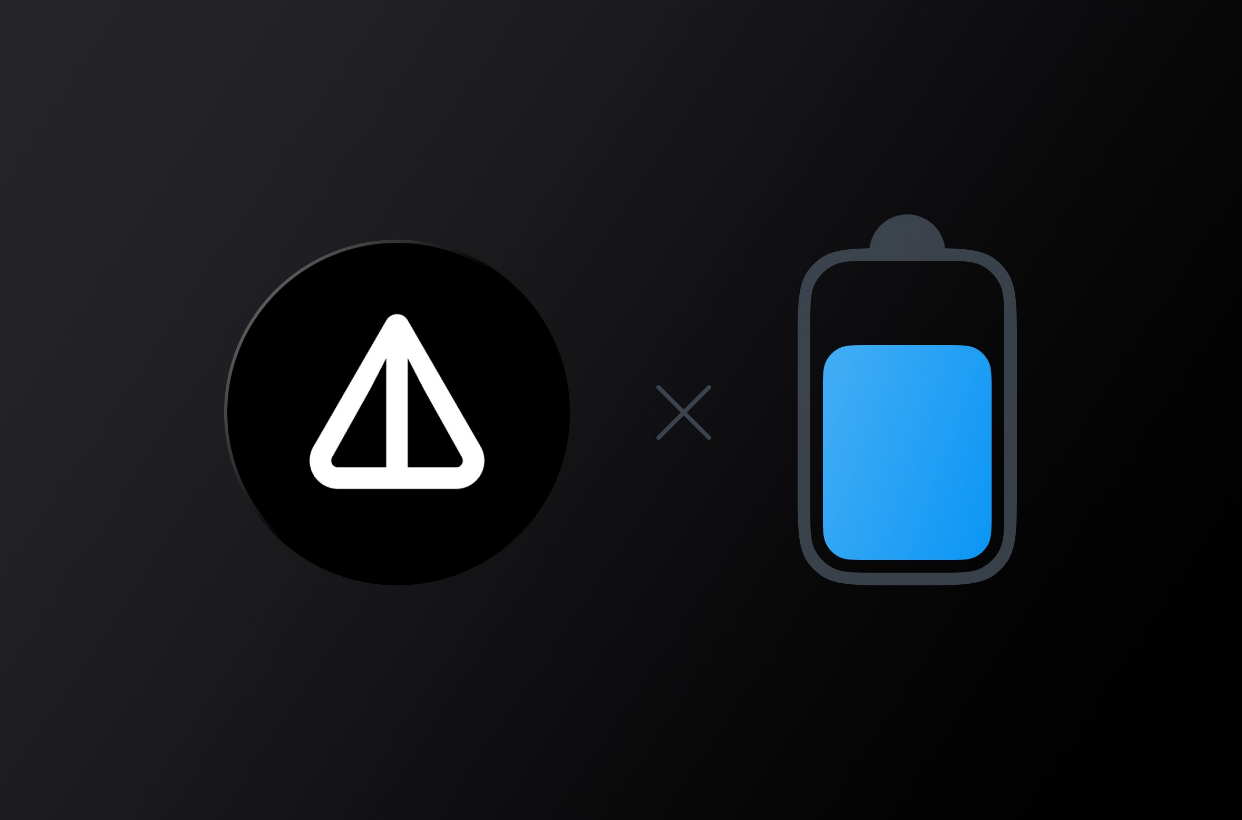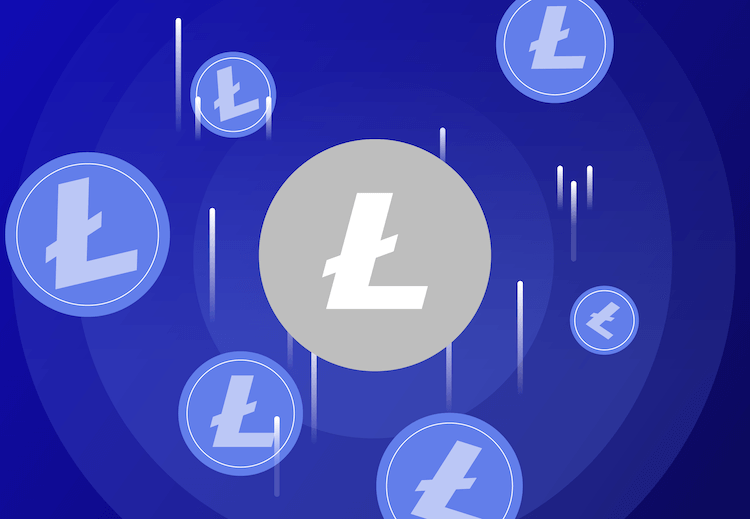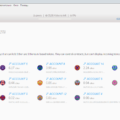
Raptoreum is a hybrid blockchain based on share proof/work proof principles, which the developers say aims to solve real world problems in ways that help drive adoption and bring positive global change. The open-source project also aims to create an asset platform that allows tokenization and allows DAPPs to work together with smart contracts that are stored and executed at the node level. Raptoreum was founded in 2018 and has been in testnet/development for nearly 3 years until the Genesis blockchain on February 26, 2021. The RTM coin uses Ghostrider’s proprietary hashing algorithm. Ghostrider randomly switches algorithms in order to discourage mass mining on ASICs and FPGAs, which the project says is done to increase overall decentralization.
The name Raptoreum comes from the term Victoria, meaning bird of prey, and ium/eum, a place related to birds of prey. The name comes from the team’s extensive experience in security with the highest skills covering all aspects of it. It is a unique force in the crypto community that will be put to good use in a successful project.
Introduction Raptoreum started as a fairly simple idea introducing smart contracts that would allow for chained, trustless transfers (goodbye centralized trading floors) based on the Ravencoin code base, but with asset automation and RTM (Raptoreum). The project grew rapidly, adding innovative features that not only further expanded the asset layer, but also introduced features that could help other Blockchain projects. Unfortunately, Ravencoin suffered a few serious breaches in its asset layer, so this codebase was abandoned by us. We are currently working with the Dash code and developing it, greatly expanding its capabilities.
Raptoreum is now a fork of the Dash code and inherits current and, optionally, future features such as chain locks, oracles, etc. We continue to expand the capabilities by adding the following features: A) Deployment of a unique asset layer. B) The ability to lock X number of coins or assets in a special transaction. Coins are unlocked at the selected block number or timestamp. C) Random transfer of assets and coins along the chain via smart contracts. D) Integration, development and deployment of a VM protocol that will allow the creation of smart contracts in 4 major programming languages, as opposed to Ethereum being limited to Solidity.
These additional capabilities open up the possibilities and ease of use of Raptoreum’s features for a greater variety of industries under the distributed application umbrella. DAPPs are a critical part for widespread adoption, as has recently happened with DEFI, and Raptoreum hopes to help provide further alternatives and opportunities for DAPP developers, especially in the area of discovering new programming languages for DAPP development and contracts.
One of our goals is not only to innovate ideas for Raptoreum, but also to contribute to the general open source cryptocommunity that everyone can use for the success of their blockchain projects.
Installing the official wallet RAPTOREUM
GitHub:
- First download the wallet from the official site (you can mine directly with the wallet, but we still recommend to use a mining pool)
- First install the wallet, because this is a new currency, there are very few synced blocks.
- Then you get to the main wallet page, click on the Receive Address, you will see your receive address, then just right click to copy it.
- Waiting for the wallet to sync by itself is all that is left. During the synchronization process you can start mining.

Read more articles about cryptocurrencies and mining at CRYPTO-WALLETS.ORG.
The Telegram channel about cryptocurrency and mining Bitcoin, Ethereum, Monero and other altcoins:
-
Wallets for TON. TonKeeper, Tonhub, MyTonWallet, Wallet.TG
Краткий обзор кошельков TON, которые вам необходимы для начала работы с этой новой быстро развивающейся сетью блокчейна! (TonKeeper, Tonhub, MyTonWallet). Кошельки TON разработаны для взаимодействия с реестром блокчейна TON и позволяют пользователям управлять своими активами и совершать транзакции в сети. Кошельки TON упаковывают сложные инструкции в простые щелчки, позволяя любому человеку использовать и исследовать сеть, сохраняя при этом полное владение своими активами в блокчейне.
-
Overview of decentralized crypto platforms Waves
The Waves team is developing tools to create a decentralized technology segment that will become the basis of Web 3.0 – the digital landscape of the future.
-
Review of the best wallets for Litecoin (LTC)
Like Bitcoin, the Litecoin cryptocurrency is rapidly gaining momentum and becoming quite a sought-after digital asset around the world.





